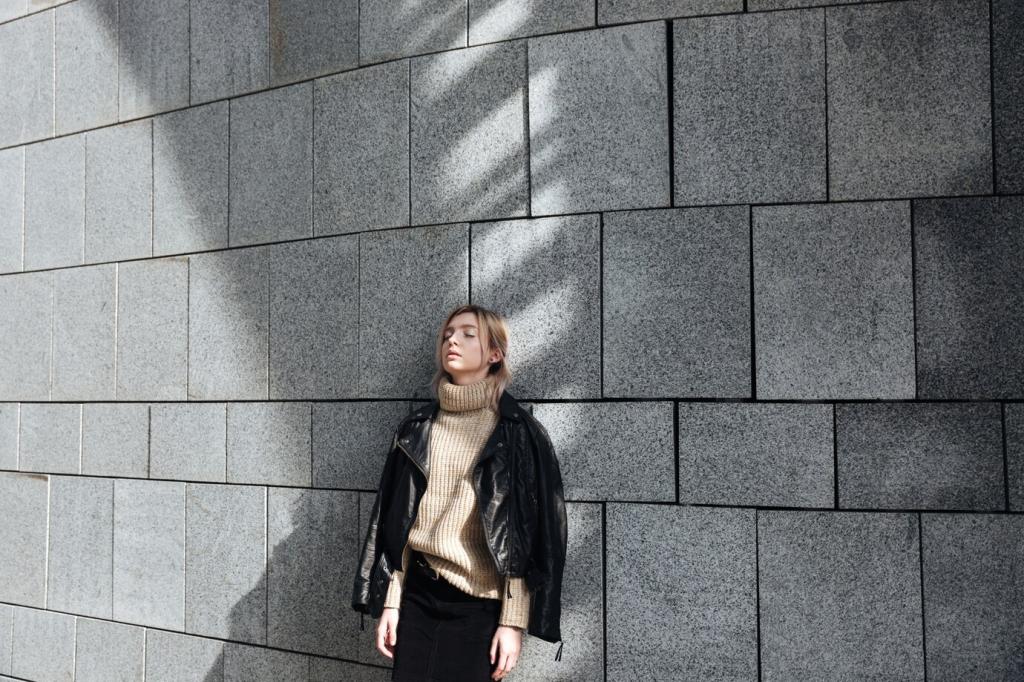Community Voices and Next Steps
Leila swapped a bulky sofa for two light chairs, reclaimed a hallway shelf, and cut energy use with layered curtains. She says the quiet felt instant. What single change gave you breathing room? Comment below so we can feature your story next.
Community Voices and Next Steps
Choose one drawer, one shelf, and one habit. Repair a wobbly chair, list an unused gadget, and commit to nightly resets. Screenshot this and report back Monday. Which task felt easiest, and which felt hardest? Your reflection will help someone else begin.
Community Voices and Next Steps
Subscribe for weekly ideas, from low‑tox finishes to circular marketplaces and capsule challenges. Reply with your biggest obstacle, and we’ll tailor an upcoming guide. Bring a friend who loves calm spaces, and let’s build lighter homes together, one choice at a time.
Community Voices and Next Steps
Lorem ipsum dolor sit amet, consectetur adipiscing elit. Ut elit tellus, luctus nec ullamcorper mattis, pulvinar dapibus leo.




